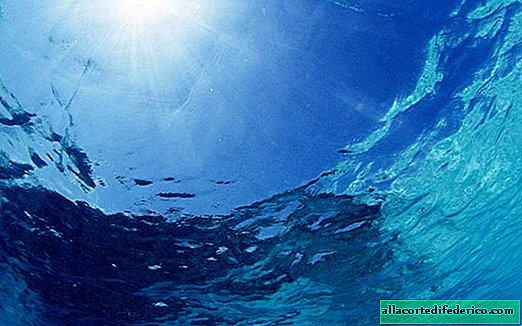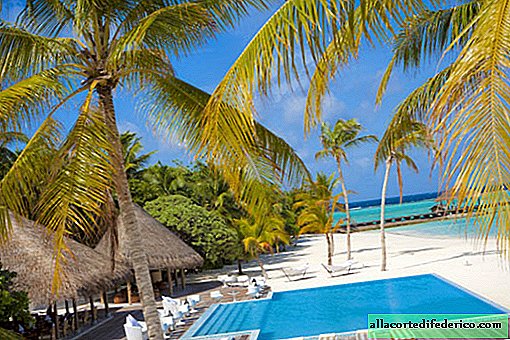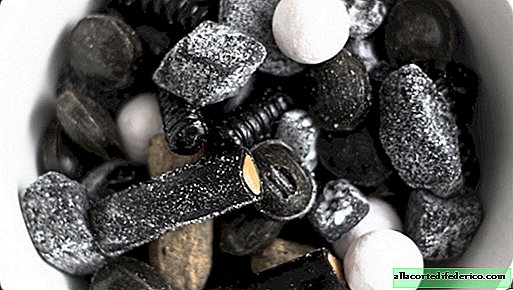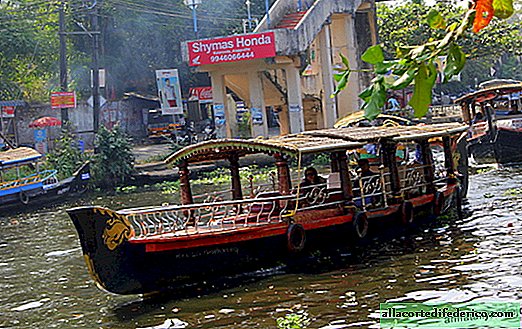Katatumbo - the most "lightning" place on Earth
Popular wisdom says that lightning does not fall into the same place twice. Maybe this is so, but not on Catatumbo. This amazing place is located in Venezuela, at the mouth of the Catatumbo River, which flows into Lake Maracaibo. This area is interesting because in the period from May to October a unique natural phenomenon is observed: a lot of lightning forms over the lake for a short time, and this section is even listed in the Guinness Book of Records in terms of frequency of strokes.
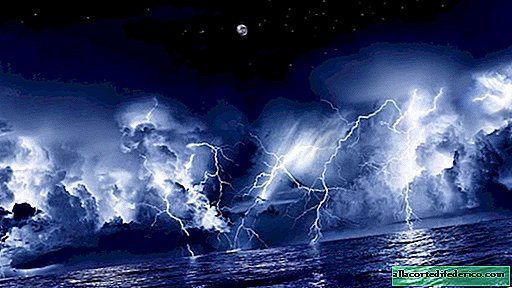
At the mouth of the Katatumbo River, at an altitude of approximately 5 kilometers, thunderclouds accumulate, which are capable of producing up to 280 lightning per hour. The amount of lightning varies depending on the time of year. Their most intensive formation occurs from May to October, and in the period from January to March they may not even exist. With the onset of summer, every night, about an hour after sunset and until early morning, thousands of lightnings illuminate the sky over Maracaibo, attracting many tourists from all over the world. About 250 lightning is formed here within an hour. Interestingly, this natural phenomenon has existed on Catatumbo for a very long time, and the first mention of it dates back to the end of the 16th century. These lightning can be seen at a distance of up to 400 kilometers. Mariners for a long time used them as a guide when approaching the shores of South America and called the Maracaibo Lighthouse.

But why exactly in the region of Maracaibo such a quantity of lightning is formed? Scientists see this as a combination of several factors. Firstly, it is the proximity of the Caribbean Sea and the Andes mountain system. The warm and humid air masses of the Caribbean Sea meet the cold air of the Andes. A vortex forms, which when rotated counterclockwise causes the formation of lightning. Secondly, the presence of a large amount of methane. The fact is that the largest swamp massifs and oil fields are located in this area. Marshes contain a huge amount of organic matter, which after decay begins to decompose, releasing methane into the atmosphere. The formation of methane is also promoted by hydrocarbon deposits, which are abundant in this part of Venezuela and in the sea. Rising to the clouds, methane is also involved in the formation of lightning discharges. The fact that after the severe drought of 2010, when the vast areas of the marshes dried up and stopped supplying the right amount of methane, the Maracaibo Lighthouse went out in favor of the marsh origin. For several months, scientists and tourists, local residents and simply indifferent people were anxiously and hopefully waiting for the Katatumbo lightning. And in April 2010, they returned and continue to delight and surprise us to this day.






